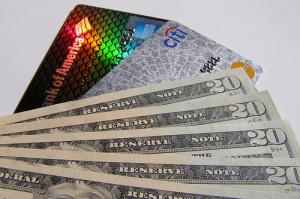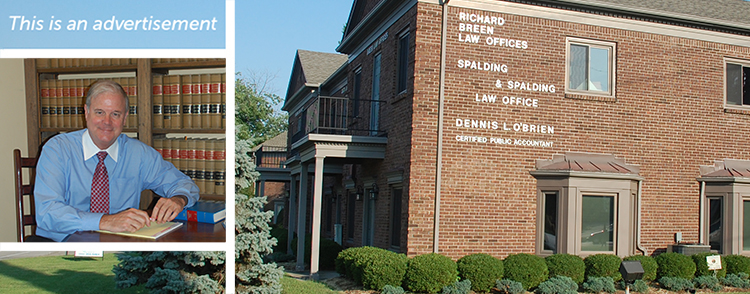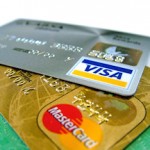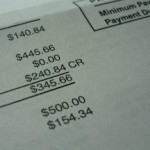 Consumers are taking out their credit cards more often, and consumer debt is on the rise once more. According to the Federal Reserve Bank of New York’s Household Debt and Credit Report, consumers took on $241 billion in new debt in the last quarter of 2013.
Consumers are taking out their credit cards more often, and consumer debt is on the rise once more. According to the Federal Reserve Bank of New York’s Household Debt and Credit Report, consumers took on $241 billion in new debt in the last quarter of 2013.
That’s the largest increase since 2007, according to an article from CNN Money. Overall debt remains below the 2008 peak, but this recent jump is evidence that consumers have largely shaken off the effects of the recession. According to the article, there are some good, bad, and ugly things about the recent consumer debt increase. This debt increase can tell us a lot about the economy this year.
The Good.
We often focus on the dangers of too much debt, but debt is necessary for the growth of a modern economy. The recent increase in debt means that individuals have finally repaired their personal finances after the last financial crisis and feel like they can really start spending again. In this situation, the economy can begin to grow.
The Bad.
Looking more deeply at the report reveals a splitting of the American economy. For instance, mortgage debt continued to decline for Americans with the lowest credit scores. One would think that the individuals with the lowest credit scores would have limited access to loans, but the fact that borrowers with damaged credit are having difficulty securing home loans of any kind shows that the housing finance system is still on the mend. This also shows that low and middle income Americans are not seeing a sufficient increase in income.
The Ugly.
People with low credit scores are racking up debt in the student loan category. The largest percentage increase in debt in any category represents people with low credit scores who are taking out student loans.
There is nothing extremely problematic with less creditworthy people taking out student loans; in fact, if the debt is being put toward useful education that will help boost that borrower’s income down the road, then these student loans are a good thing. The problem with this data is that it is unclear whether the people who are taking out these loans are investing the money well.
A student can get financing from the federal government for student loans without providing a plan for repayment—and delinquency rates in the article suggest that many students will be unable to pay and unable to discharge that debt.
The federal student loan program doesn’t act like a bank. It directs funds based on a student’s need and desire. If a majority of the rising personal debt in America is driven by this kind of federal lending, there may be some major concerns for the U.S. economy in the coming years.
Personal debt can be suffocating, but there are several options that can take some of the pressure of debt off of you and allow for a breath of relief. If you’re facing unmanageable debt in Louisville, KY contact us at the Wallace Spalding Law Office for a free consultation.








Speak Your Mind